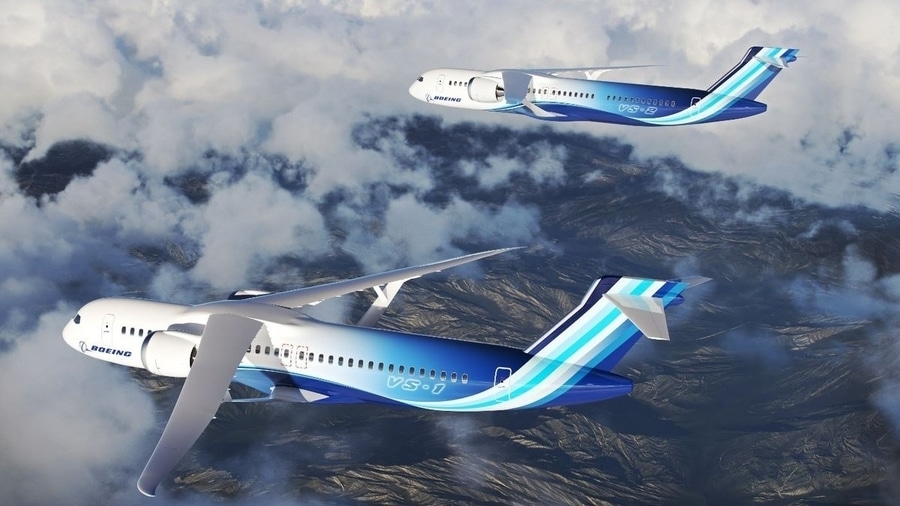
#Industry News
NASA selects Boeing to develop and fly full-scale Transonic Truss-Braced Wing aircraft
Boeing and its industry partners have been chosen by NASA to lead the development and flight testing of a full-scale Transonic Truss-Braced Wing (TTBW) demonstrator airplane.
The technologies demonstrated and tested as part of the Sustainable Flight Demonstrator (SFD) program will inform future designs and could lead to breakthrough aerodynamics and fuel efficiency gains.
When combined with expected advancements in propulsion systems, materials and systems architecture, a single-aisle airplane with a TTBW configuration could reduce fuel consumption and emissions up to 30 per cent relative to today's most efficient single-aisle airplanes. The SFD program aims to advance the civil aviation industry's commitment to reaching net zero carbon emissions by 2050, as well as the goals set in the White House's U.S. Aviation Climate Action Plan.
"The SFD program has the potential to make a major contribution toward a sustainable future," said Greg Hyslop, Boeing chief engineer and executive vice president of Engineering, Test & Technology. "It represents an opportunity to design, build and fly a full-scale experimental plane, while solving novel technical problems."
MORE FROM AEROSPACE
According to Boeing, ultrathin wings braced by struts with larger spans and higher-aspect ratios could eventually accommodate advanced propulsion systems that are limited by a lack of underwing space in today's low-wing airplane configurations. For the demonstrator, Boeing will use elements from existing vehicles and integrate them with all-new components.
NASA's funding through the SFD Space Act Agreement totals $425m. The SFD program will also use up to $725m in funding by Boeing and its industry partners to shape the demonstrator program and meet the resource needs required. Separately, Boeing's previous internal investments for recent phases of sustainable aviation research $110m.
The TTBW airframe concept is the result of over a decade of development supported by NASA, Boeing and industry investments. Under previous NASA programs including the agency's Subsonic Ultra Green Aircraft Research program, Boeing conducted extensive wind tunnel testing and digital modelling to advance the design of the TTBW. Early conceptual studies started under NASA's Environmentally Responsible Aviation program.
